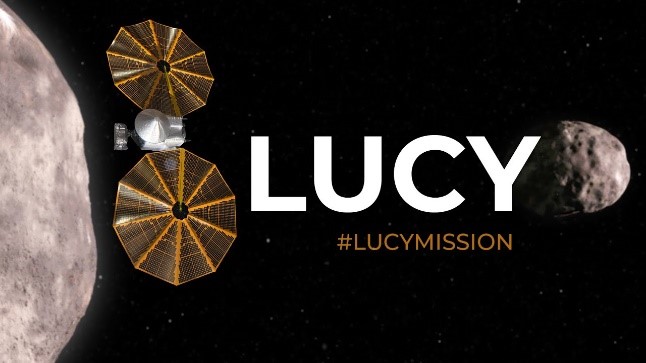Free Courses Sale ends Soon, Get It Now


Free Courses Sale ends Soon, Get It Now



Disclaimer: Copyright infringement not intended.
Context:
Lucy Mission:
|
Jupiter Trojan Asteroids The Jupiter Trojan asteroids, thought to number well over 7,000, are leftover raw materials from the formation of our solar system’s giant planets — Jupiter, Saturn, Uranus and Neptune. Scientists believe they hold vital clues about the composition and physical conditions in the protoplanetary disk from which all the Sun’s planets, including Earth, formed. They are broadly grouped into two swarms — the leading swarm is one-sixth a lap ahead of Jupiter while the trailing swarm is one-sixth behind.
|
The name- Lucy
https://indianexpress.com/article/technology/nasa-lucy-mission-new-asteroid-target-8408132/
© 2024 iasgyan. All right reserved